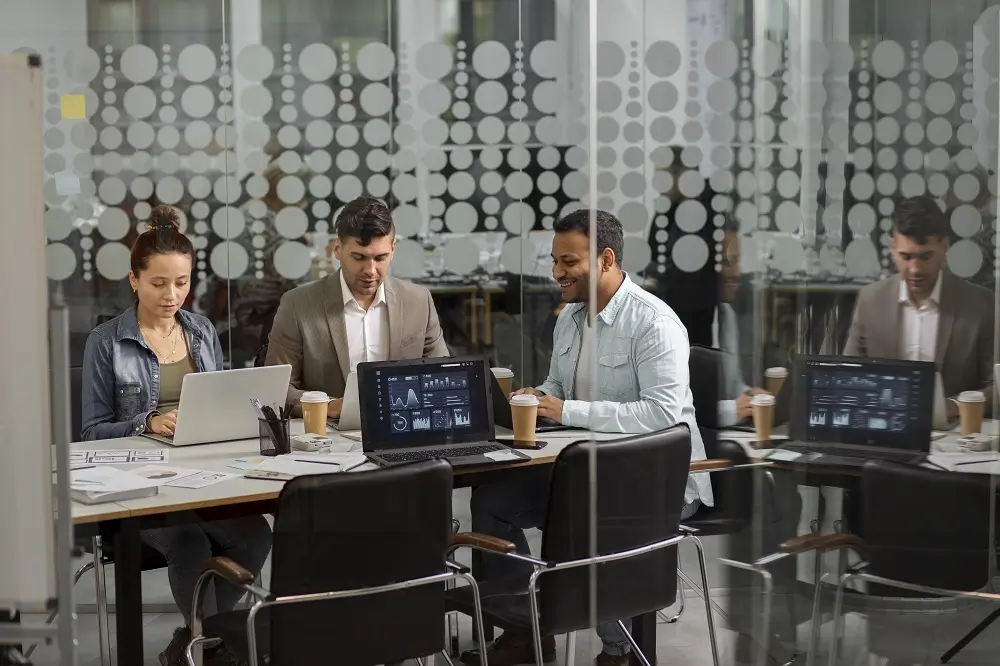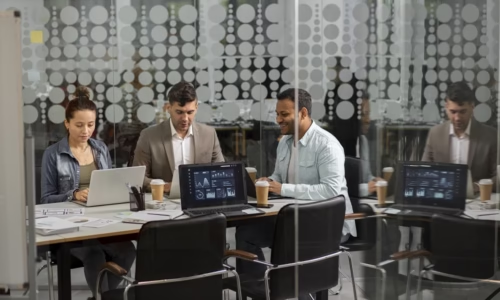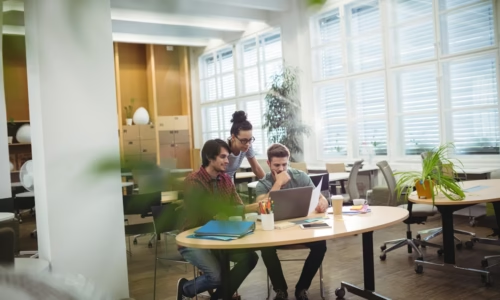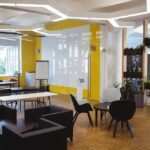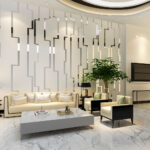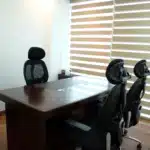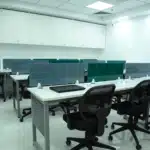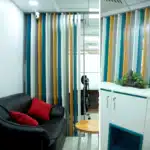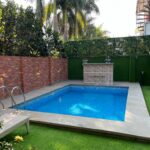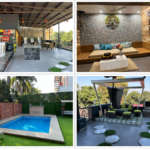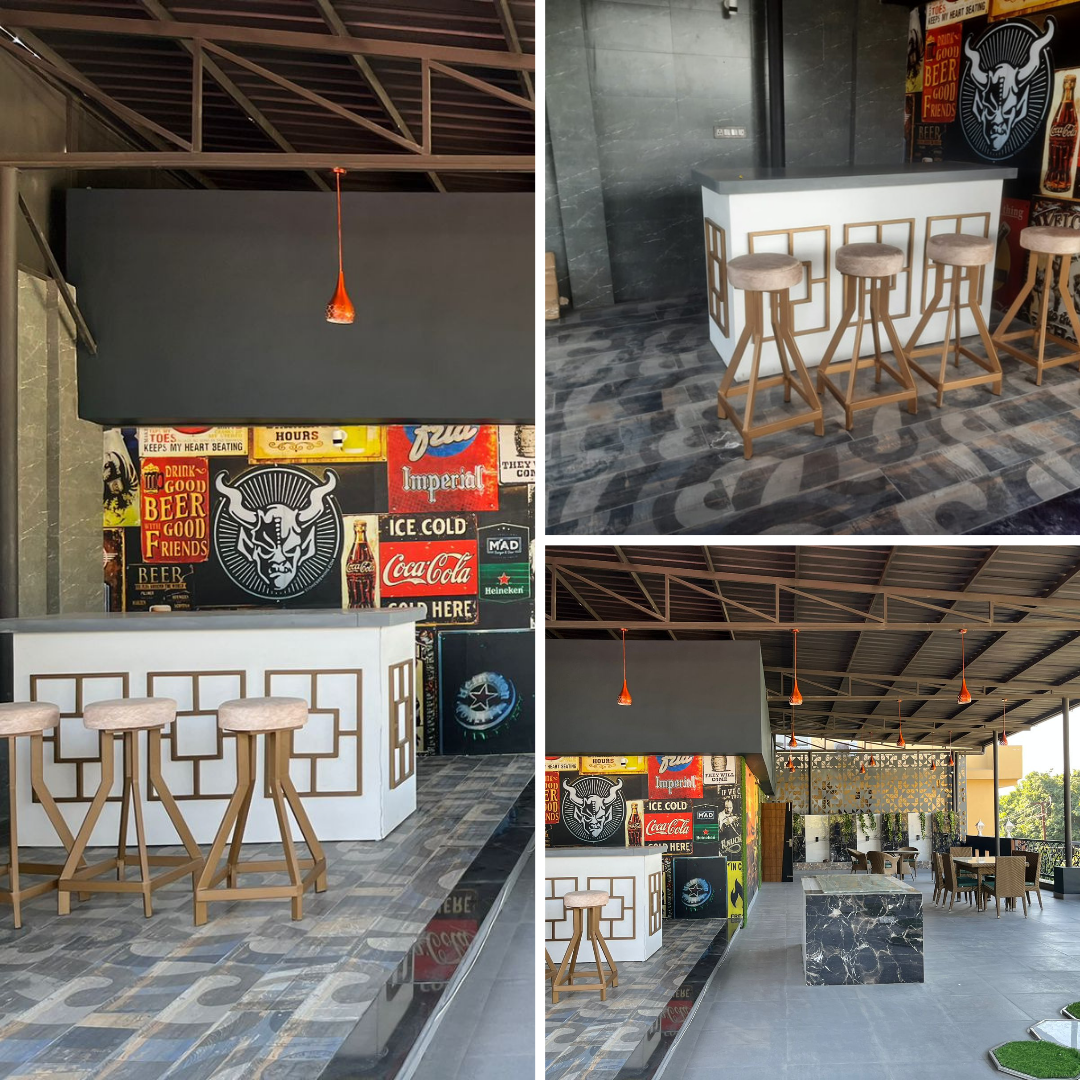Future-Proofing Your Office: Design That Lasts 10 Years
- Amodini Systems
- 0 Comments
Designing an office is not just about making it look good for today. It is about creating a space that stays useful, comfortable, and modern for many years ahead. A future-proof office is built to last at least 10 years without needing major changes. This type of office is flexible, smart, and ready for new ways of working. In this article, we will talk about how to design an office that remains valuable and practical for the next decade.
1. What Does Future-Proof Office Design Mean?
A future-proof office is an office designed to handle changes in technology, employee needs, and work culture over time. It is not fixed or rigid. Instead, it can adapt to new situations easily. This type of design helps companies save money, reduce renovations, and keep employees happy for years.
2. Why Future-Proofing Your Office Is Important
Designing an office that lasts 10 years or more brings many benefits. It prevents frequent redesigns and saves costs. It helps your business stay modern without always changing furniture or layout. It also gives employees a stable and comfortable place to work, which increases productivity and reduces stress.
3. Key Features of a Future-Proof Office
A long-lasting office design has certain common features. These include:
-
Flexible layouts
-
Smart use of technology
-
Energy efficiency
-
Comfortable work areas
-
Sustainable materials
-
Space for collaboration and privacy
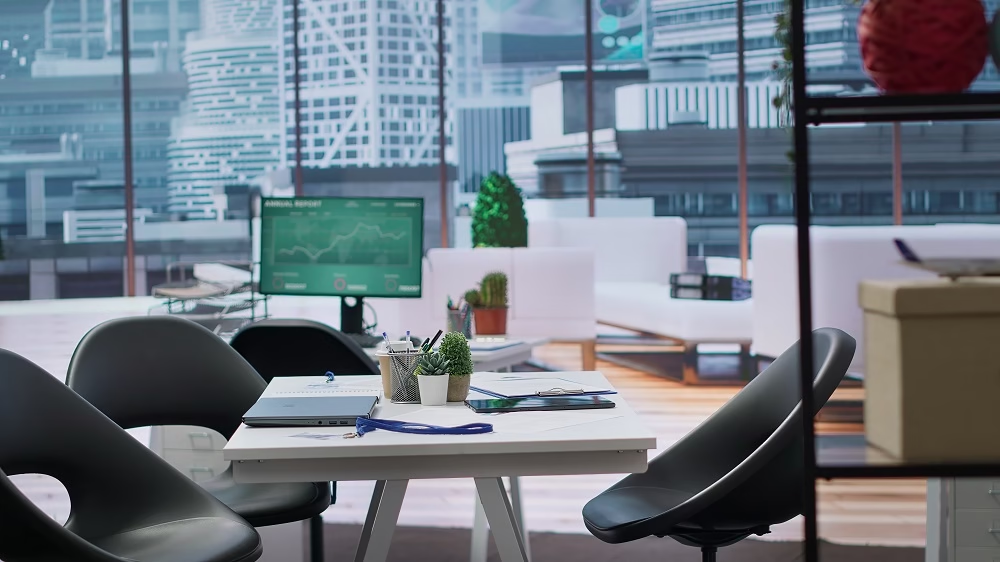
4. Flexible Layouts for Easy Changes
A future-proof office should be easy to rearrange. This means using furniture that can be moved easily and open areas that can be turned into meeting rooms or working zones. For example, modular desks, foldable partitions, and movable storage units allow quick changes without extra cost.
5. Technology-Friendly Office Design
In the next 10 years, technology will keep evolving. So, offices should be designed to support new devices, fast internet, video conferencing tools, and automation. Having enough charging points, strong Wi-Fi, smart boards, and cable management systems will help your office stay updated with future tech needs.
6. Sustainable and Eco-Friendly Materials
An office that lasts 10 years must also support a better environment. Using sustainable materials like recycled wood, low-energy lighting, and energy-efficient systems helps the office reduce waste and cost. Green plants, natural light, and good air quality make employees healthier and more focused.
7. Comfort and Employee Wellness
Comfort is an important part of a future-proof office. Ergonomic chairs, height-adjustable desks, proper lighting, and quiet corners make employees feel relaxed and safe. If employees are comfortable, they can work better and stay with the company for a longer time.
8. Space for Teamwork and Private Work
Modern offices should support both teamwork and personal work. This means adding open spaces for group discussions, meeting rooms for client talks, and private booths for focused work. A mix of these spaces helps different types of employees work the way they prefer.
9. Natural Light and Smart Lighting Systems
Natural light makes the office look fresh and reduces electricity use. Large windows, glass partitions, and skylights help bring more sunlight inside. Smart lights that adjust brightness based on time and movement also help save energy and make the office comfortable.
10. Energy Efficiency for Future Savings
Energy-efficient systems like LED lights, solar panels, automatic air conditioning, and sensors help cut down bills and protect the environment. These systems are built to last many years and are easy to upgrade when needed.
11. Budget Planning for Long-Term Design
Creating an office for the future might cost more at the start, but it saves money over time. Below is a simple table to understand long-term savings:
| Investment Area | Initial Cost | Long-Term Benefits |
|---|---|---|
| Modular Furniture | Medium | Can be reused and rearranged easily |
| Smart Lighting | Medium | Lower electricity bills |
| Energy-Efficient Systems | High | Saves energy and maintenance costs |
| Ergonomic Furniture | Medium | Reduces health issues and absenteeism |
| Sustainable Materials | Medium | Long-lasting and eco-friendly |
12. Storage Solutions That Grow with You
Storage should not take too much space but must be enough for future needs. Use wall shelves, hidden cabinets, and digital storage to reduce paper use. As your company grows, these systems can be expanded without changing the whole layout.
13. Future-Proof Décor and Colours
Trendy colors may look good today but can go out of style soon. Instead, use neutral colors like white, beige, grey, or light wood. These are timeless and can match any future updates in furniture or decoration.
14. Designing for Remote and Hybrid Work
In the coming years, many employees may work from home part-time. Your office should support hybrid work models. This includes creating digital meeting rooms, shared workstations, and hot-desking systems. This way, employees can use any desk when they come to the office.
15. Regular Maintenance and Upgrades
Even a future-proof office needs care. Regular cleaning, checking wires, updating software, and replacing damaged items will help the office stay fresh and safe. Maintenance should be planned every few months to avoid bigger problems later.
Final Thoughts
A future-proof office is a smart investment. It helps your business stay strong, modern, and comfortable for at least 10 years. By focusing on flexibility, technology, sustainability, comfort, and proper planning, you can create a workplace that supports employees and business growth for a long time.
Designing today with tomorrow in mind is the best way to protect your office from quick changes and high costs. A well-thought-out office design is not just about looks—it is about building a space that works well now and in the future.

